The assisted living facility known as Lantern of Chagrin Valley in Chagrin Falls, Ohio, might look like a traditional nursing home on the outside, but once you see what’s indoors you’ll have a whole new appreciation for the concept behind the facility. This property was designed specifically for patients with dementia and Alzheimer’s disease, and it is modeled after a small 1940s town to help provide a sense of calm and nostalgia for those elderly on-site.
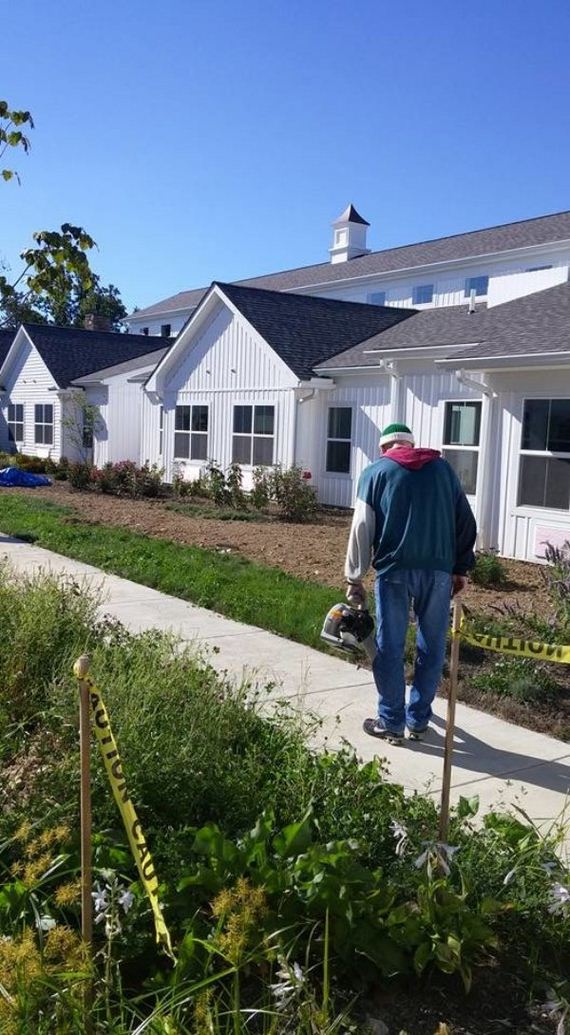
The building’s interior features courtyards and corridors that are intended to resemble tiny houses with front porches looking out over a golf course.
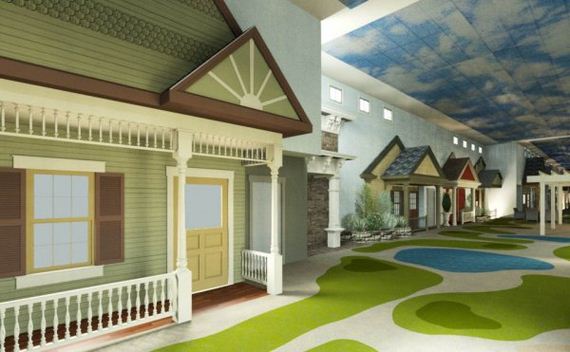
A better view of the ‘golf course.’
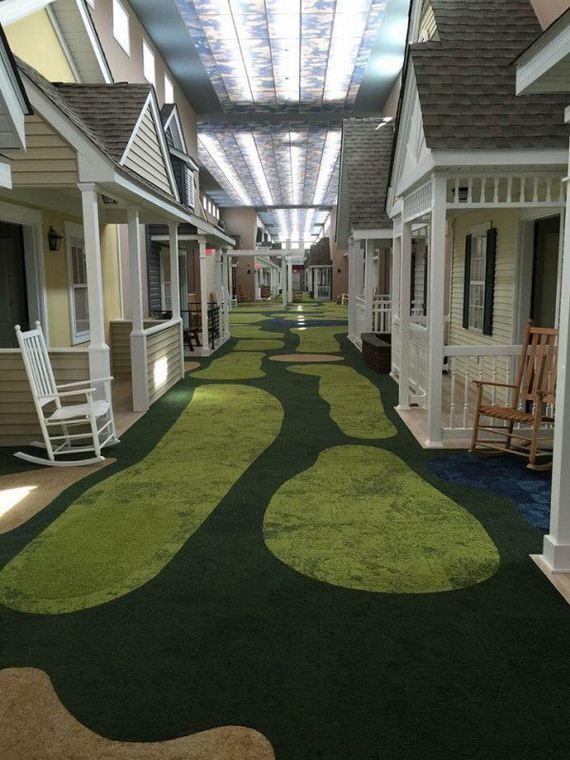
In addition, the inside of the property is supposed to mirror that of outdoors, with “sky ceiling” features fiber optics that mimic daylight and starry skies, depending on what time of day it is. Sounds like a Vegas casino if you ask me. The floor is painted green like grass, and there are even bird-chirping sound effects playing in the background, and artificial plants sprinkled into the common spaces. At night, “porch” lights turn on outside residents’ rooms. Honestly, somebody could sign me up to live in this community today. It sounds amazing.
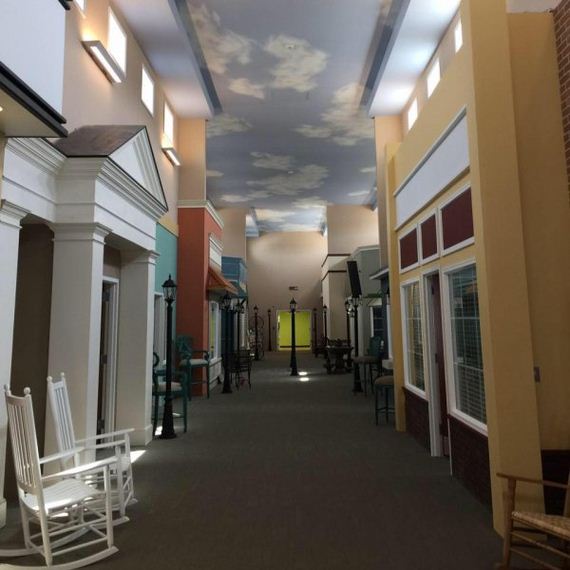
“Every little thing you see, the wall color, the paint, actually has a therapeutic benefit, a therapeutic value,” CEO and occupational therapist Jean Makesh told the News-Herald. There are even calming scents piped into the air, like peppermint and frankincense.
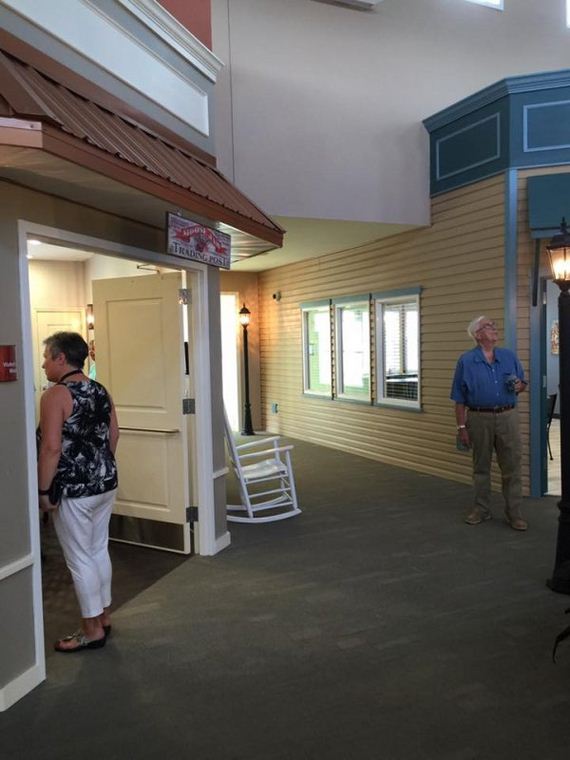
People online have been adding their two cents about the innovative old-timey designed nursing home in droves. “I would love this. Having your own porch without actually having to go outside looks amazing,” one person commented. “I hope there’s a place like this when I get old,” wrote another.
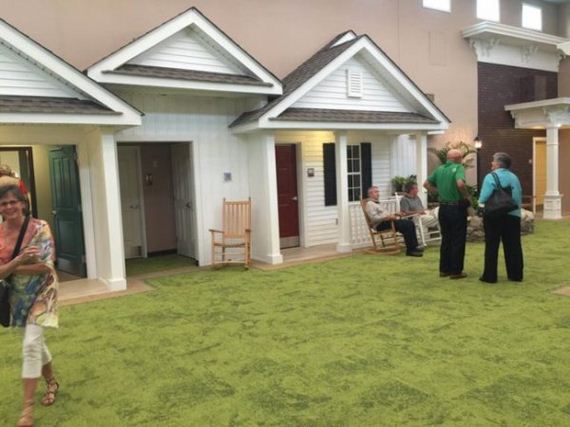
Studies have shown that controlled environments such as this can alleviate stress, anxiety, and depression in senior citizens.
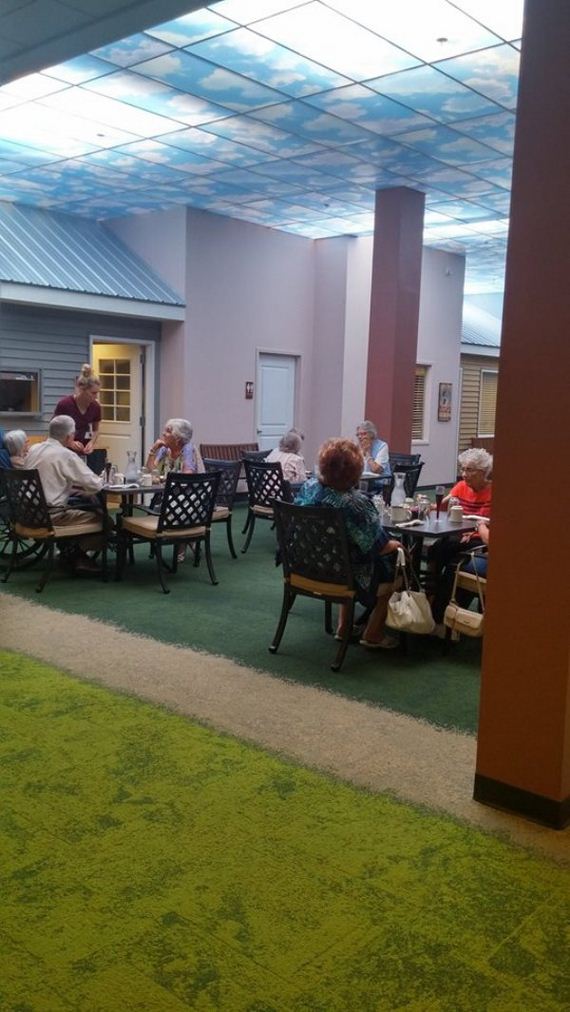
Lantern residents attend daily classes where they relearn basic living functions such as getting dressed. CEO and occupational therapist Jean Makesh Makesh hopes that by taking a rehabilitation approach to Alzheimer’s, occupational therapists like himself—along with physical, speech, and psycho-therapists—will be able to slow the degenerative progression of the disease to a more manageable state.
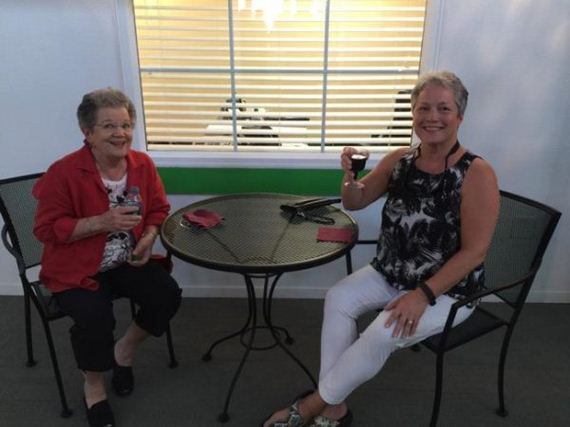
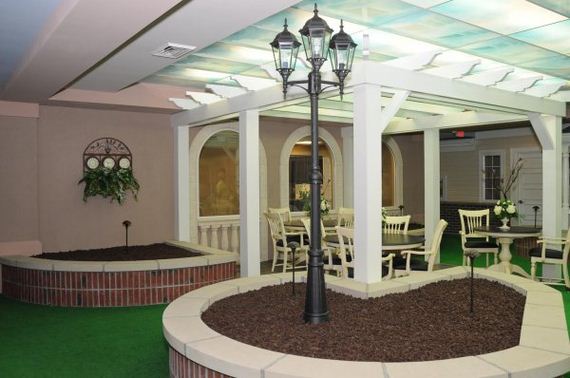
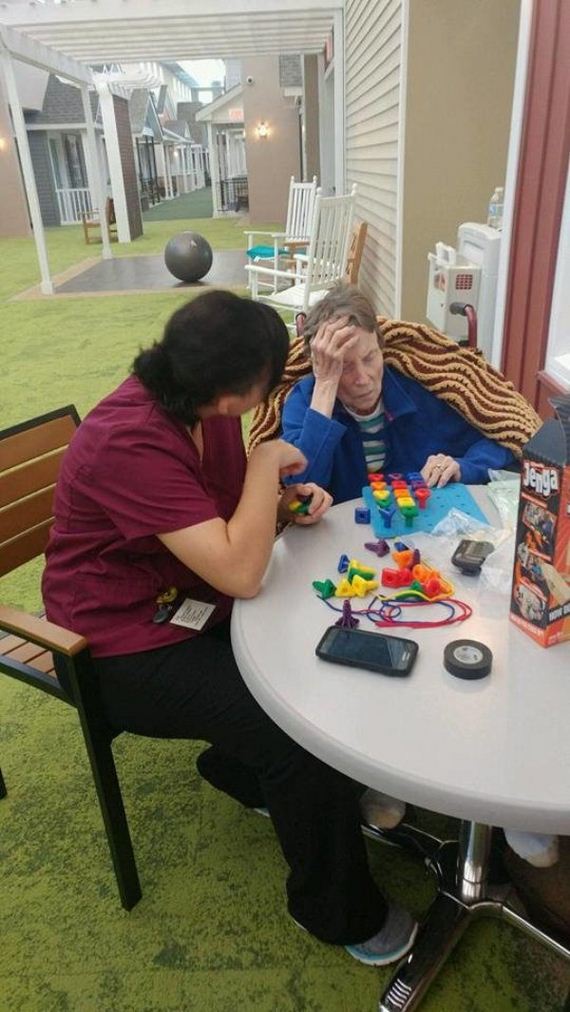
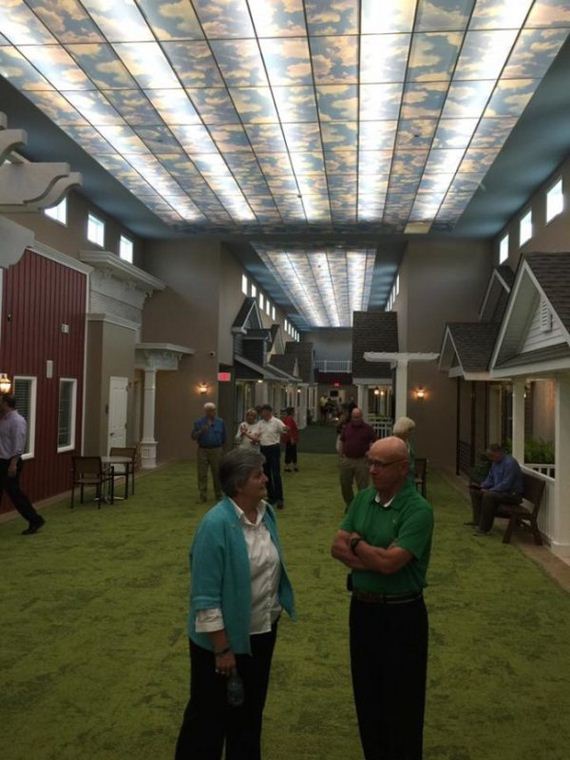
It takes technology and years of interior design studies to create something like this.
 Barnorama All Fun In The Barn
Barnorama All Fun In The Barn